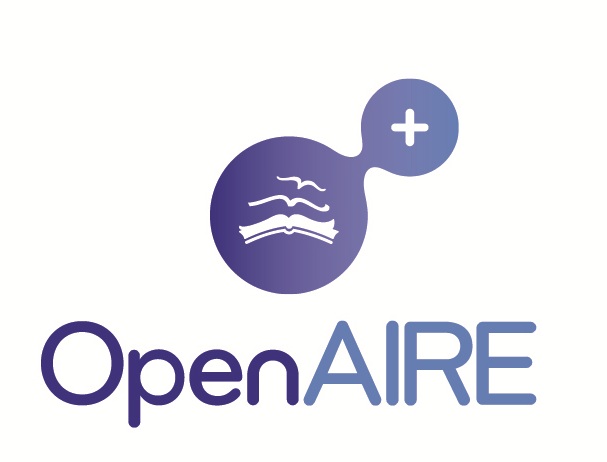A Transconductance-Mode Multifunction Filter with High Input and High Output Impedance Nodes Using Voltage Differencing Current Conveyors (VDCCs)
Montree Siripruchyanun, Winai Jaikla
DOI: 10.15598/aeee.v18i4.3938
Abstract
The design of transconductance-mode multifunction biquad filter containing three input voltage nodes and single-output current node is proposed. Its circuit principle is emphasized on employing Voltage Differencing Current Conveyor (VDCC) to be an active building block. The proposed filter description uses three VDCCs co-working with two grounded capacitors and three grounded resistors. The synthesis of the proposed multifunction filter is based on avoidance of using multiple-output active elements to achieve commercially available integrated circuits for practical implementation. Additionally, without multiple-output active element, it can alleviate current tracking error from the current mirrors used in output ports. It also decreases the amounts of the transistors inside the active elements. The proposed multifunction filter offers all 5 filter functions, which are non-inverting Low-Pass (LP), non-inverting High-Pass (HP), non-inverting Band-Pass (BP), non-inverting Band-Reject (BR) and also non-inverting All-Pass (AP) functions from same circuit topology under different circuit condition for input signals. Furthermore, the natural frequency for all filtering responses is independently achieved from the bandwidth or the quality factor of the proposed filter. For cascade-able connectivity, the output current port indeed provides a high impedance. In addition, the magnitude of the output current for all filtering functions can be resistively adjusted. The consideration for non-ideal case of the presented multifunction filter is also analyzed. The simulation and experimental results of the presented transconductance multifunction biquad filter based on VDCC practically implemented by the commercially available ICs, LM13700 and AD844 can validate the theoretical anticipation.






















